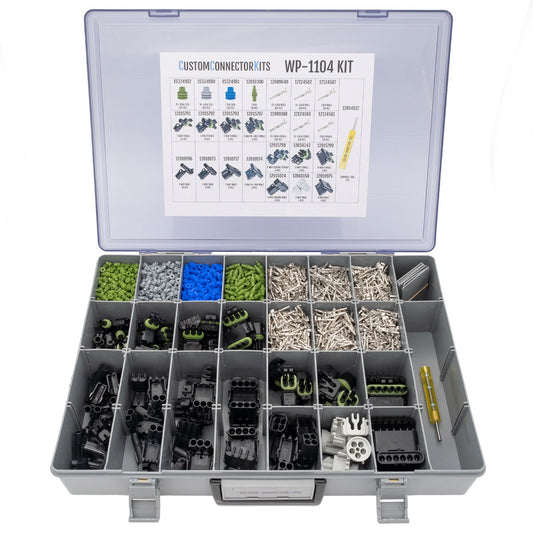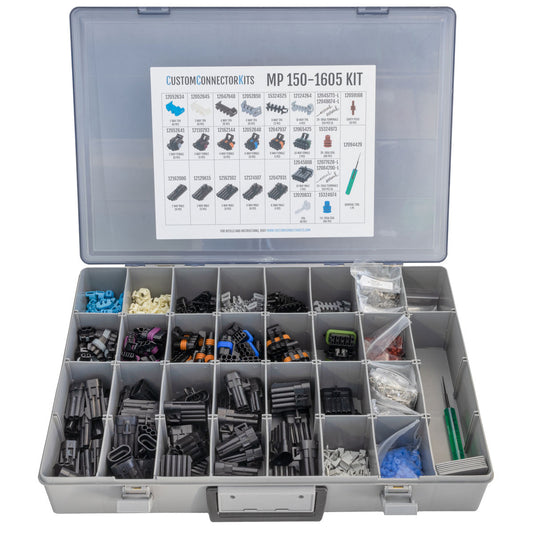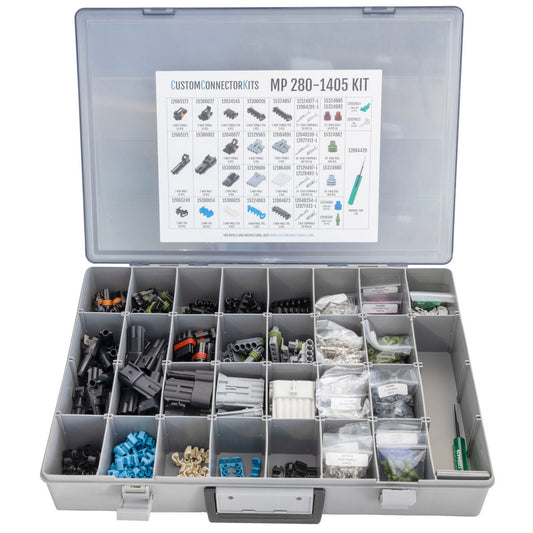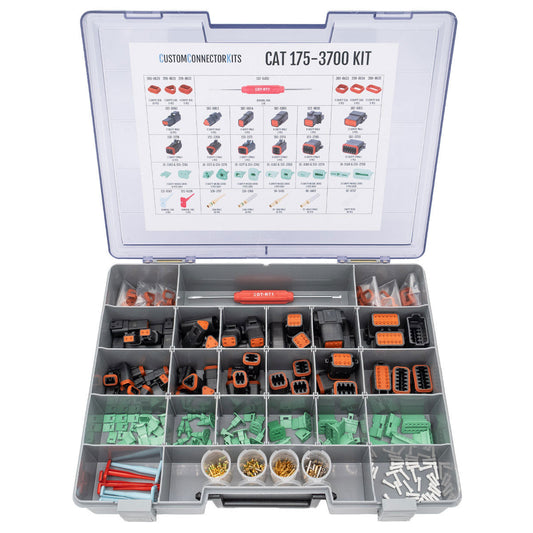Introduction to Automotive Connectors
What are Automotive Connectors?
Automotive connectors are specialized components that join different electrical circuits in vehicles. They enable secure, reliable transmission of electrical signals and power while allowing for easy assembly, maintenance, and modularity. Connectors make maintenance easier, permitting systems to be connected and disconnected quickly for repairs or diagnosis without compromising the integrity of stable system components.
Importance in Modern Vehicles
With the advancement of vehicle technology, the number of electronic components in cars has increased significantly. Automotive connectors ensure stable and efficient connections, reducing the risk of electrical failures, improving safety, and enhancing vehicle performance. These methods also save time during maintenance and repairs, permit modularity in design, and allow differently designed components to interface together.
Classification of Automotive Connectors
By Functionality
Power Connectors
Power connectors are designed to handle high currents necessary for components like starters, alternators, and battery connections.
Data Connectors
Data connectors are used for low-voltage applications, ensuring accurate transmission of signals such as those required by sensors and control modules.
Hybrid Connectors
Hybrid connectors combine power and data transmission within the same housing, reducing space and increasing efficiency.
By Physical Properties
Sealed vs. Unsealed
Sealed connectors are protected against moisture, dust, and chemical contaminants, making them ideal for harsh environments. Unsealed connectors are used in protected areas where environmental exposure is minimal.
Wire-to-Wire vs. Wire-to-Board
Wire-to-wire connectors link two wire harnesses, while wire-to-board connectors connect a wire harness to a printed circuit board (PCB), commonly used in infotainment and control systems.
Tin-Plated vs. Nickel Plated vs. Gold Plated
Tin-plated connectors offer excellent corrosion resistance and are easier to solder, making them ideal for standard automotive applications. Nickel-plated connectors provide higher corrosion resistance and are better suited for high-temperature environments. Gold-plated connectors provide enhanced conductivity for low-amp signal.
Types of Automotive Connectors
Bos and Blade Connectors
Blade connectors are flat, metal connectors that slide into a corresponding female slot. They are often called "box and blade" connectors because of the design of the male (the blade) and the female (the box). Their simplicity and reliability make them a popular choice for automotive systems.
Pin and Socket Connectors
Pin connectors use a round pin inserted into a corresponding socket. These are used in heavy-duty applications where robust current capacity is needed.
Coaxial Connectors
Coaxial connectors are used for transmitting radio frequency signals, such as those from GPS antennas, radios, and onboard communication systems.
USB Connectors in Cars
Modern vehicles are increasingly equipped with USB connectors for infotainment systems, smartphone integration, and charging ports, providing high-speed data and power delivery.
DIN Connectors
DIN connectors are round, multi-pin connectors used primarily for audio and communication equipment in vehicles, ensuring a reliable connection.
Factors to Consider When Choosing Automotive Connectors
Durability and Material
Choose connectors made of high-grade materials like PA66 or PBT composites to withstand heat, vibration, and mechanical stresses.
Environmental Resistance
For components exposed to the elements, ensure connectors are sealed against water, chemicals, and dust.
Electrical Requirements
Ensure that the connectors match the voltage, current, and signal requirements of the application to maintain optimal performance and safety.
Conclusion: Future Trends in Automotive Connectors
The future of automotive connectors is driven by trends like electrification, autonomous driving, and advanced infotainment systems. We can expect continued innovations in miniaturization, higher data transfer speeds, integrated sensing, and more environmentally resistant designs, ensuring that connectors remain the unsung heroes of automotive technology.



